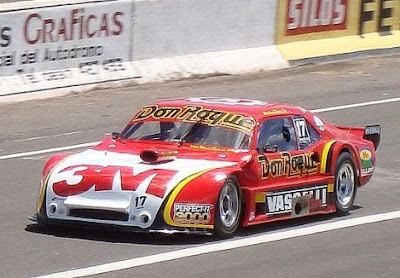F1_eng wrote:How do you expect the 1D simulation software to predict airflow through each component, which is essentialy what governs torque.
I do not expect any prediction. Read carefully again for what do I use the soft. Just play a little bit...
F1_eng wrote:This is a problem with models that people set-up for a guess, they are more or less worthless. A decent model needs to have 1D-3D coupling where more complex flow situations would be solved in 3D. This is because orifices have different Cd at different air and therefore engine speeds.
Anyone that knows what they are doing with engine simulation does not correlate to power figures, correlation of most models is done to volumetric air flow. The simulation software also predicts frictional power loss which is very in depth, it is more or less a whole different model. This friction model also needs to be correlated from a motoring rig for it to be of any worth in predicting power loss.
Also the valvetrain dynamic simulation would need to be correlated for a decent model.
Agree. And I will quote myself:
Belatti wrote:The valvetrain concept cant be simulated well because the tool is not allowed to use. The combustion chamber cant be modelled. The intake and exhaust pipes, due to the 1 cyl model are another problem, too.
You know, when you are millions miles away from the developed motorsport world, you dont have access to any team or technology, you have never ever seen a modern engine dismantled and all you have is a misc soft, an old dyno graphic from an old racing engine, the technical rulebook, your Uni books, imagination, time and this website... well... you
may end up thinking that the thing I did is pretty well... at least in a qualitative way.
Sometimes I think what would I do if find myself working in an F1 or world class motorsport team, as I never take status quo as an option. Besides, I can hardly work 8 hours a day in my present job, still I would work 14 hours there and be happy...

F1_eng wrote:
My point being that a quick model is worthless. Unless you know very basic stuff like discharge coefficients of orifices, any change you want to predic are worthless. For example, you want to predict optimal inlet cam timing but if you are slightly out on your Cd for an orifice, the flow behaviour will be wrong and all corresponding results are way off.
I guess its worthless for a world class engine manufacturer, yes. For an eng student still its pretty cool.
"You need great passion, because everything you do with great pleasure, you do well." -Juan Manuel Fangio
"I have no idols. I admire work, dedication and competence." -Ayrton Senna



